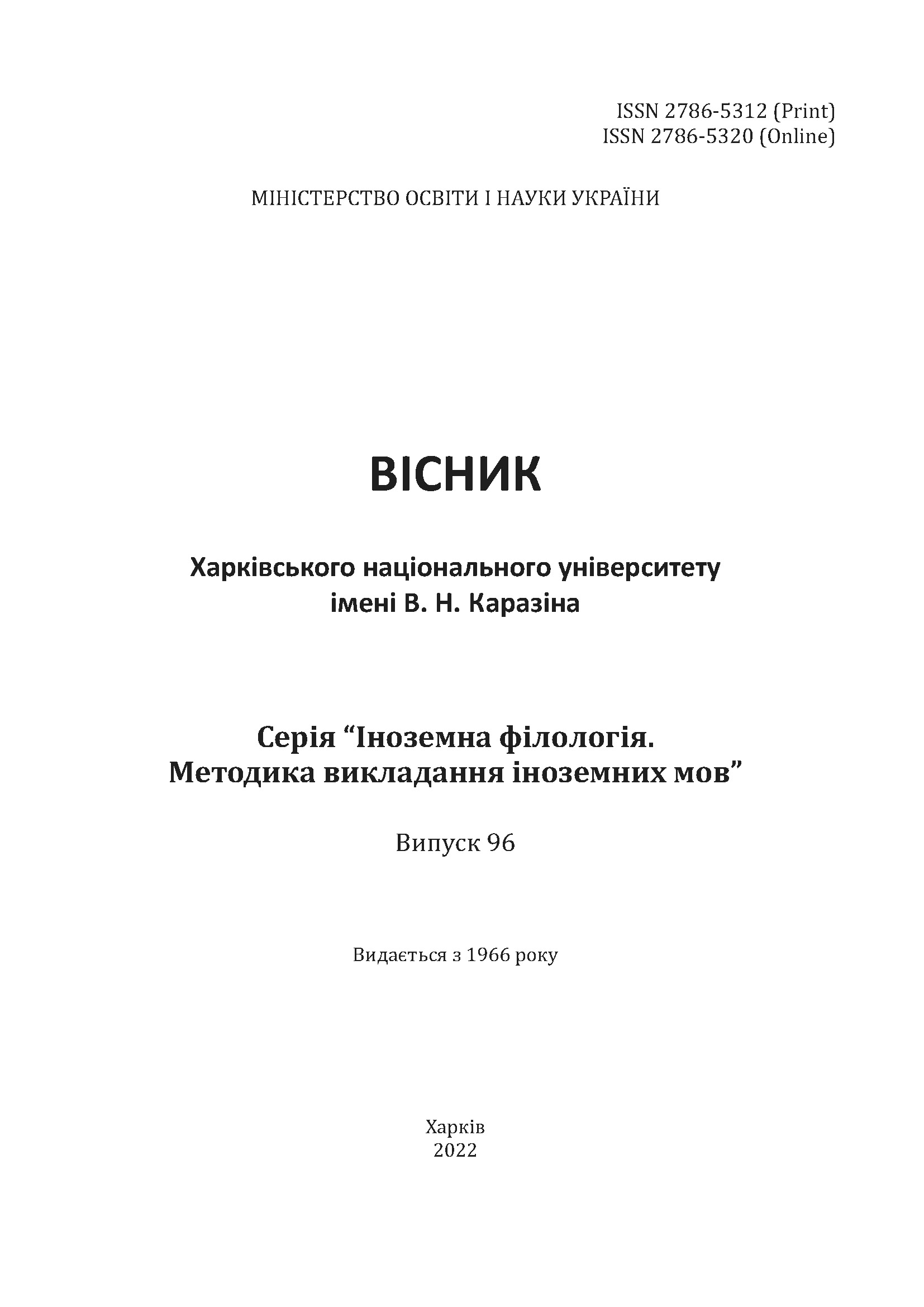Stylistic features of the Chinese-language artistic and scientific Internet discourse
Abstract
The article examines stylistic features of Chinese-language fiction and scientific Internet discourse. It considers the concept of "internet discourse", as well as the concepts of "fiction discourse" and "scientific discourse", gives an explanation of certain lexical and grammatical features of the Chinese language. Their manifestation in the considered types of Internet discourse is analyzed. It is noted that the vocabulary of fiction Internet discourse tends to simplification, abbreviations, the use of idioms and catchphrases for greater concentration of information. The authors also use onomatopoeia to imitate the sounds of the surrounding reality by phonetic means of speech. It is shown on examples how, in contrast to popular science texts, the authors of fiction works use reduplication much more often, thereby creating a language more favorable for communication. It is explained why there are quite a lot of slang words in the artistic works of online discourses, which decorate and distinguish the work of the authors. This phenomenon reflects the existence of many dialects and changes in the language, the use of slang words depends on the origin of the author, as well as the emotional color that the author wants to reproduce. The use of linguistic stylistic means is highlighted on the examples of popular scientific and fiction texts. The lexical and grammatical means of expressiveness of the Chinese language of the texts published on the Internet are analyzed. It is indicated that an important feature of Internet works is the use of emoticons and various signs in the texts (smiley of tears, emoticon of shyness, etc.). The functioning of linguistic and stylistic means in the scientific and artistic type of Internet discourse is shown in the comparison. At the grammatical level, fiction and popular science texts are almost the same, there is the use of exclamation points for greater unity between the author and the reader, but in popular science texts they are more restrained and occur only when the author quotes his clients. There is a significant difference between popular science text and fiction. It is noted that the authors of the fiction discourse try to have more contact with the readers, conditionally involve them in the creation of the finale of the fiction work.
Downloads
References
Kirnosova N. A. Practical grammar of the Chinese language. Kyiv: Kyiv University Publishing and Printing Center, 2007. 115 p.
Chizhevska E. Chinese researchers about shortened words in the Chinese language. Chinese studies. 2012. Vol. 2. P. 83-89.
Shiffrin D. Approaches to Discourse. Oxford: Cambridge, 1994. 470 p.
Ying Wu. The Using regional dialects through computermediated communication in China. Theses and Dissertations. University of Toledo, 2009.
词汇构词特点与对外汉语词汇教学. 胜利油田师范专科学校学报,2005.
大БКРС. URL: https://bkrs. info/.
符达维. 不宜扩大反问句的范围. 中国:中国语文天地, 1989.
葛本仪.现代汉语词汇学.山东人民出版社,2004.
王魁京.第二语言学习理论研究.北京师范大学出版社,1998.




